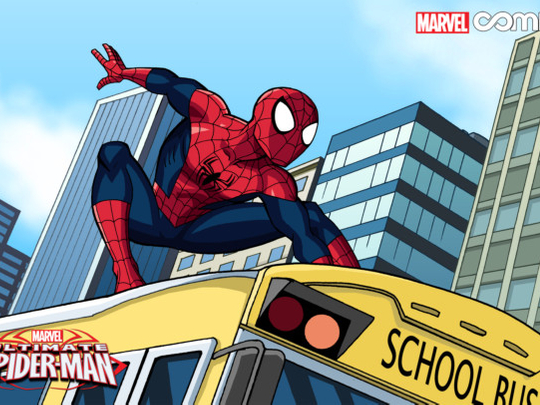
From the Golden Age Toro to Ultimate Human Torch, characters sprung from Marvel Entertainment are as varied as the people who read, watch, listen and even play them in video games.
The publisher of Marvel Comics is focusing on its panoply of characters, enlisting writers, artists, editors and historians to build a sprawling digital and interactive timeline that showcases the famous, the infamous and the obscure heroes, villains and others.
The endeavour is part of Marvel’s celebration of its 75th anniversary, said editor-in-chief Axel Alonso, and to make people aware of more than marquee names like Captain America or Spider-Man.
“We want it to be as friendly to people who come out of the Cineplex to people who have long boxes in their basement,” he said this week of the site at marvel.com/75. “It’s time for us to underline that and show our rich history.”
The site, which goes live in April, features interactive timelines, interviews with classic writers and artists — including Stan Lee and Roy Thomas — along with contemporary ones like Dan Slott, Kelly Sue DeConnick and Brian Michael Bendis, among others.
“The web gives us the capability to do things differently, daily and across platforms — audio, video, picture galleries, lists — with all the characters and the creators,” said Ben Morse, editor of Marvel’s website and an architect of the initiative. “We’re looking at the characters, the history and the major stories from different perspectives than we normally would.”
In most cases, promotion is about what is to come — a new Rocket Raccoon comic or a Big Hero Six film. The 75th anniversary site is about looking back and taking stock.
“This is an opportunity to celebrate what’s come before,” said Morse.
Part of the interactive is breaking the company’s history into different eras, said Matt Robinson, Marvel’s art director for digital, to have content from “over the years, from the beginning of Marvel all the way to the present day” focusing on each decade.
“That vast spread is why we did it by era, so that we could highlight even those that may not be prominent and still give them their due,” he said.
That will help them lavish attention on every era from the Golden Age of the late 1930s and 1940s to the Silver Age and the creation of Spidey, the Fantastic Four, the rise of the X-Men and contemporary characters, too.
“For long-time fans, it’s a refresher course and will probably fill in some gaps,” Alonso said. “For the new ones? It’s the chance to see everything that has gotten us to where we are now.”












